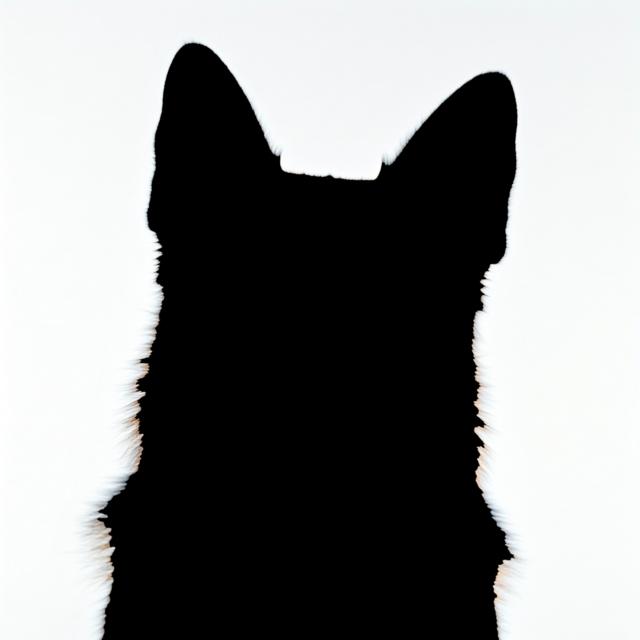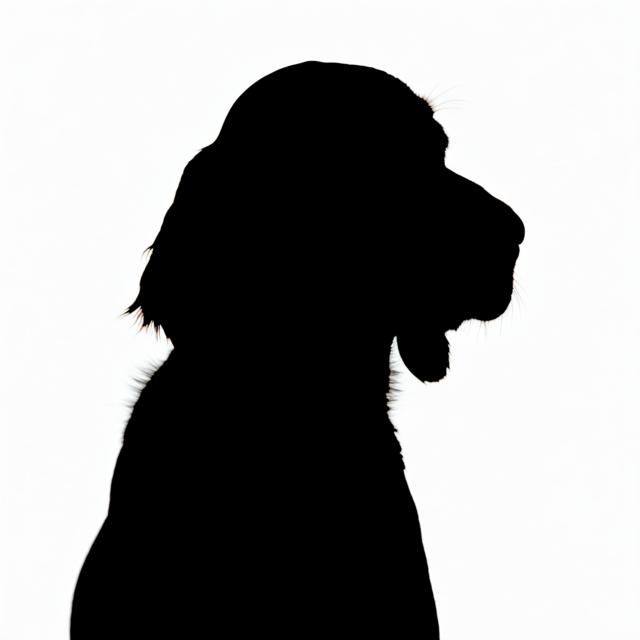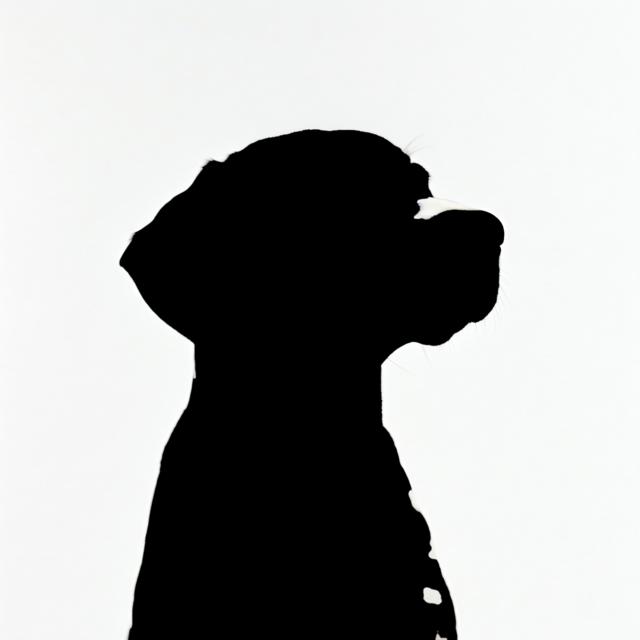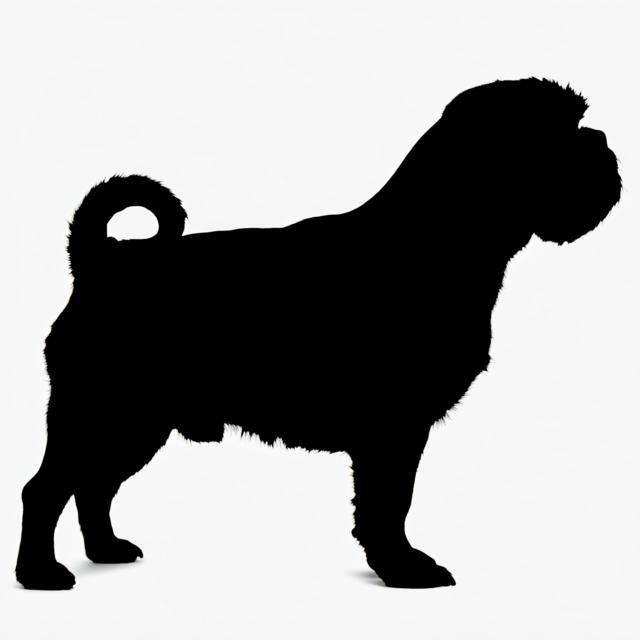Brussels Griffon (Red/Fawn)
Griffon Bruxellois
 akc
akc ankc
ankc ckc
ckc fci
fci nzkc
nzkc rkc
rkc ukc
ukc



Summary
- The Brussels Griffon is a small, sturdy toy breed known for its human-like expressions and charming personality. They are intelligent and affectionate, making them great companions, but can be sensitive and require early socialization.
Origin and Purpose
- Belgium
- Ratting
- Companion
Appearance
Dimensions
| Gender | Height | Weight |
|---|---|---|
| Female | 7-10 inches | 8-12 pounds |
| Male | 7-10 inches | 8-12 pounds |
Coat
| Attribute | Notes |
|---|---|
| Color |
|
| Type |
|
| Length |
|
Care
| Attribute | Notes |
|---|---|
| Shedding |
|
| Grooming |
|
| Drooling |
|
Body
| Attribute | Notes |
|---|---|
| Head |
|
| Skull |
|
| Ears |
|
| Eyes |
|
| Nose |
|
| Muzzle |
|
| Teeth |
|
| Neck |
|
| Forequarters |
|
| Fore Legs |
|
| Hindquarters |
|
| Hind Legs |
|
| Feet |
|
| Tail |
|
| Gait |
|
Temperament
- Alert
- Sensitive
- Intelligent
- Affectionate
- Charming
- Playful
- Can Be Stubborn
Social
| Attribute | Notes |
|---|---|
| Affectionate with Family |
|
| Good with Children |
|
| Good with Dogs |
|
| Good with Cats |
|
| Openness to Strangers |
|
| Playfulness Level |
|
| Protective Nature |
|
| Adaptability Level |
|
Working Roles
- Companion
Exercise Needs
- Moderate
Health
- Cataracts
- Hip Dysplasia
- Patellar Luxation
- Syringomyelia
- Eye Issues
- Heat Sensitive
- Breathing Problems
Additional Notes
- Known for human-like expressions
- Requires early socialization
- Can be prone to separation anxiety